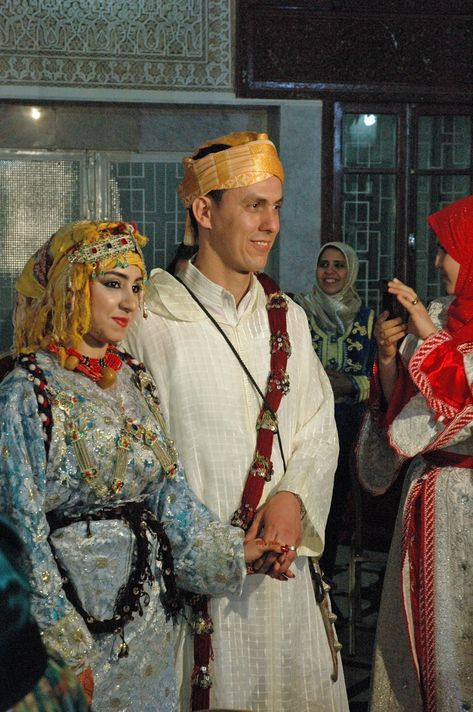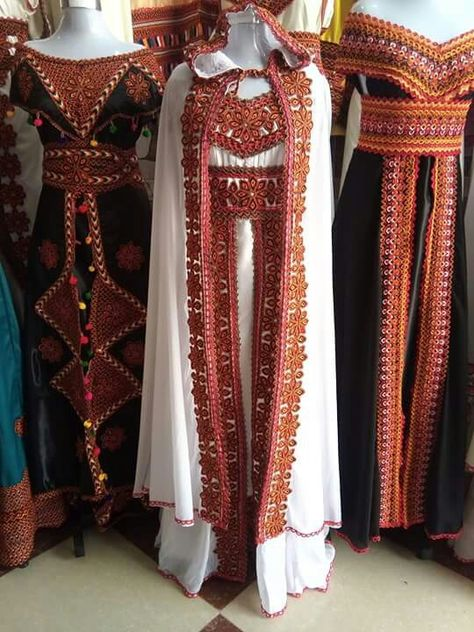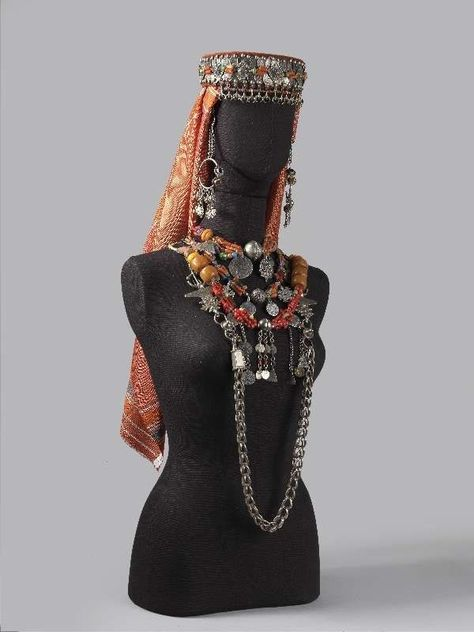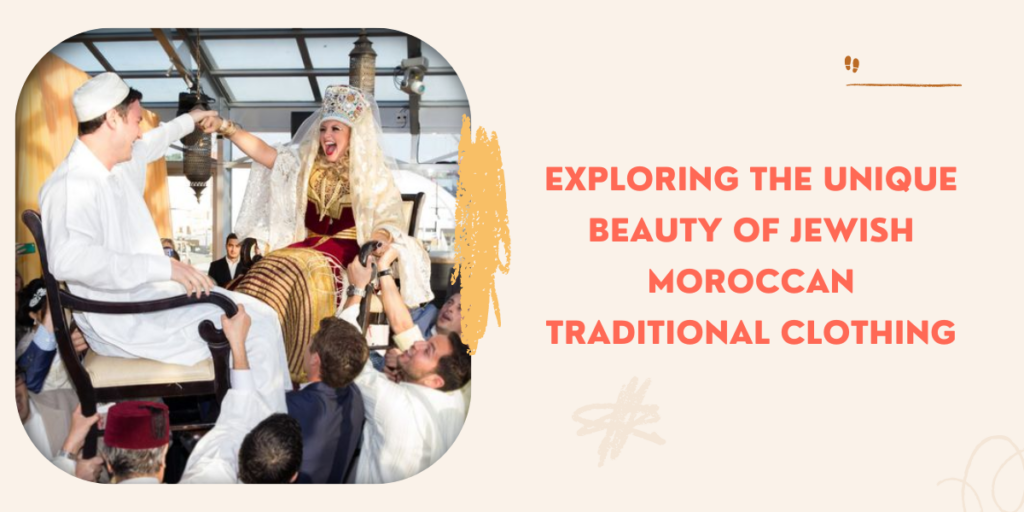Welcome to our fashion guide where you’ll dive deep into the rich and vibrant world of Jewish Moroccan traditional clothing. Janice is a professional fashion blogger with a genuine passion for empowering individuals to dress with confidence and embrace their unique sense of style. She grew up in Jewish Moroccan culture and had a deep understanding of their culture. With her wealth of knowledge and expertise, she has become a trusted authority among fashion enthusiasts and those seeking guidance on their personal style journey.Her mission is to help you explore the beauty and cultural significance of these traditional garments, allowing you to embrace your heritage or discover a new appreciation for this diverse fashion heritage. Join her as she embark on a journey through history, uncovering the captivating stories behind Jewish Moroccan clothing.
Table of content
Jewish History In Morocco
The rich history of the Jewish people in Morocco spans across centuries, leaving an indelible mark on the country’s cultural fabric. Throughout various periods, Jews sought refuge in Morocco, establishing vibrant and enduring Jewish communities. As they migrated from different regions, they brought with them a tapestry of customs, traditions, and a distinctive sense of fashion. The presence of the Jewish community in Morocco has had a profound influence on the country’s culture and fashion. Their integration into Moroccan society led to a beautiful fusion of Jewish and Moroccan aesthetics, resulting in a unique and captivating style of traditional clothing.
Traditional Clothing
When exploring the different aspects of traditional clothing, one can observe the intricate details and thoughtful design choices that make each piece unique. The garments are often adorned with exquisite embroidery, vibrant colors, and luxurious fabrics, showcasing the artistry and craftsmanship that is synonymous with Jewish Moroccan fashion.
For men, traditional attire strikes a harmonious balance between religious customs and cultural expression. The Kippah, a small cap worn on the head, symbolizes reverence and a connection to a higher power. Another iconic garment is the Gellabia, a loose-fitting robe crafted from opulent materials, reflecting a blend of modesty and elegance.
Women’s clothing, on the other hand, weaves together modesty, cultural heritage, and personal expression. From intricately designed head coverings to beautifully adorned dresses, Jewish Moroccan women’s attire embraces a range of styles and fabrics. The garments showcase a remarkable attention to detail, combining vibrant hues and patterns with modest cuts and elegant drapery.

Men’s Clothing
In Jewish Moroccan communities, men’s clothing represents a balance between religious observance and cultural expression. Traditional attire often includes the Kippah, Gellabia, and Tzitzit.
Kippah
The Kippah, also referred to as a yarmulke, holds great importance in Jewish tradition. It is a small cap worn by Jewish men as a symbol of reverence and humility before God. In Moroccan Jewish communities, the Kippah takes on a distinct character, reflecting the vibrant Moroccan aesthetic. It is often meticulously adorned with colorful embroidery or intricate patterns, serving as a testament to the rich cultural heritage and artistic craftsmanship of the community.
Gellabia
The Gellabia holds a prominent place in Jewish Moroccan men’s clothing. This long robe-like garment exemplifies the fusion of Jewish and Moroccan traditions, symbolizing modesty and cultural heritage. Typically crafted from flowing fabrics, the Gellabia comes in a diverse range of colors and patterns, allowing individuals to express their unique style while honoring their cultural identity. Its loose-fitting design ensures comfort and ease of movement, embodying the values of tradition and cultural integration.
Tzitzit
Tzitzit are fringes that are attached to the corners of a four-cornered garment known as a tallit or tallis. These fringes serve as a constant reminder of the commandments and Jewish identity. In Moroccan Jewish communities, the Tzitzit may be incorporated into the design of the Gellabia or worn separately, in accordance with religious customs. Regardless of how they are worn, the Tzitzit symbolize the deep-rooted connection to Jewish faith and traditions, carrying the weight of history and spiritual significance.
Accessories
Accessories hold a special place in Jewish Moroccan traditional fashion, complementing the overall attire and adding a touch of elegance and cultural symbolism. Both men and women adorn themselves with notable accessories that reflect their individual style and heritage. Men often wear traditional jewelry pieces such as ornate silver pendants or rings intricately engraved with symbolic motifs. These accessories not only enhance the visual appeal of the outfit but also serve as a testament to the cultural pride and heritage of the wearer.

Women’s Clothing
For Jewish Moroccan women, traditional clothing encompasses a combination of cultural heritage, modesty, and personal expression. Let’s delve into the details of their garments.
Caftan
The caftan, a time-honored garment, holds a special place in Jewish Moroccan women’s attire. It features flowing lines and draping fabric, symbolizing elegance and femininity. The caftan showcases the artisanal craftsmanship and attention to detail that define traditional Moroccan fashion.
Haik
The haik is a long, rectangular piece of fabric traditionally worn as an outer garment. Made from soft and lightweight materials, such as silk or chiffon, it envelops the wearer in an ethereal aura. The haik is often dyed in vibrant colors, showcasing the influence of Morocco’s diverse cultural tapestry.
Head Coverings
Head coverings hold a significant place in Jewish Moroccan women’s fashion, complementing their overall attire while symbolizing cultural identity and religious devotion. These coverings come in various forms, including the tichels, elegant scarves intricately wrapped around the head, and the snoods, decorative hairnets adorned with beads and embroidery.
Embroidered Dresses
Embroidery is a cherished art form in Jewish Moroccan traditional clothing. Women’s dresses feature exquisite hand-stitched patterns, meticulously created by skilled artisans. These intricate designs often incorporate symbolic motifs, such as geometric shapes or floral elements, infusing the garments with a sense of cultural pride and storytelling.
Hamsa-inspired Jewelry
Women accentuate their attire with beautiful jewelry, and the hamsa, a symbol of protection and good fortune, is a popular motif. Necklaces, bracelets, and earrings featuring delicate hamsa charms adorned with gemstones or filigree work add a touch of cultural symbolism and spirituality to the ensemble.
In the world of Jewish Moroccan women’s clothing, each garment weaves together cultural heritage, modesty, and personal expression. By embracing these traditional garments, women not only honor their cultural identity but also showcase their unique style and appreciation for the artistry that enriches their fashion heritage.

Conclusion
After you conclude your exploration of the rich and colorful diversity of Jewish Moroccan traditional clothing, we invite you to embrace the beauty, heritage, and cultural fusion that these garments represent. From the rich history of Jewish presence in Morocco to the distinctive styles and symbols woven into every thread, Jewish Moroccan fashion is a testament to the enduring spirit of cultural identity. You can keep this vibrant heritage inspiring and engaging for future generations by trying on these traditional costumes on some special occasions.
FAQs
What are some facts about Moroccan clothes?
Typically, Both women and men in Morocco commonly don long, flowing robes that are accompanied by hoods or headscarves. These traditional garments are typically paired with traditional slippers, creating a distinctive and authentic Moroccan style. Despite the evolving fashion landscape, Moroccans embrace their heritage by preserving and proudly wearing these timeless and elegant pieces of clothing.
What is the difference between a caftan and a djellaba?
The kaftan and djellaba share similarities, but there are notable differences between the two. Unlike the djellaba, the kaftan does not have a hood. It is important not to confuse the kaftan with the belted two-piece takchita, which is a truly elegant ensemble. The kaftan is characterized by its long sleeves and is often worn with heels due to its length.
What makes Moroccan culture unique?
Morocco’s uniqueness lies in its cultural diversity, combining Arab-Islamic, Berber (Amazigh), Saharan-Hassanic, African, Andalusian, Hebraic, and Mediterranean influences. This fusion creates a vibrant and enriched heritage that sets Morocco apart.
